Extremely Tiny Horses
Ancient horses shrank when global temperatures rose.

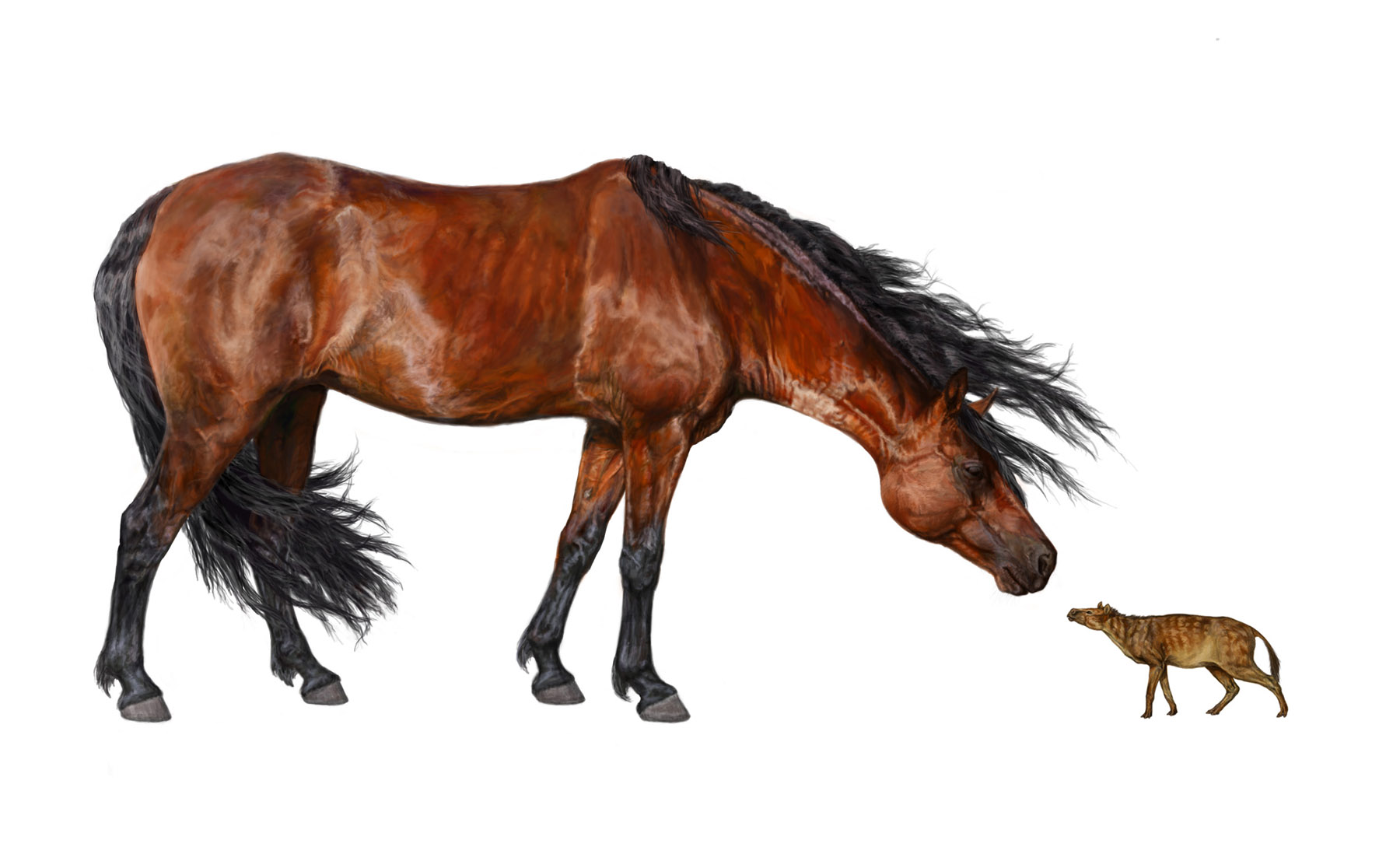
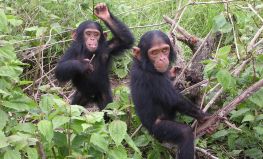
NEW MEDICINE - A rare mutation that protects people from diabetes and cancer. How the pancreas "tastes" sugar. And a new implantable microchip that delivers an osteoporosis drug. Also: chimpanzees may yawn for the same reason humans do.

ALL ABOUT LANGUAGE - Neuroscientists are beginning to reconstruct what we've heard by listening to brainwaves, how scientists measure language delays around the world, using technology to keep endangered languages vibrant, and a musical instrument that allows you to sing...with your hands, Also: decoding the secret language of worms.
One key to our successful long-term relationship with dogs may lie in the eyes.

ANIMALS & PEOPLE - Levitating flies, what dogs and babies have in common, how oxytocin makes kinder, gentler monkeys, a fish that mimics an octopus that mimics a fish, and how bats hear with both sides of the brain.
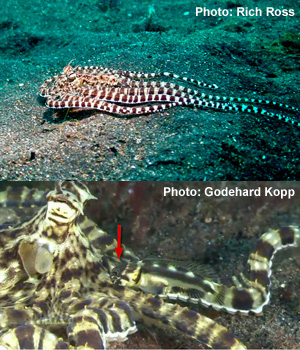
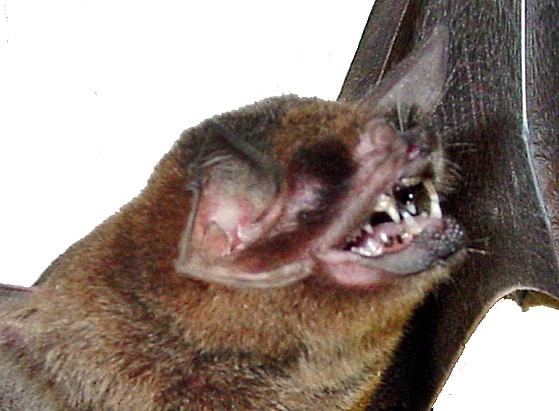
Like humans, bats process some types of sounds on the right side of their brains and other sounds on the left side of their brains.
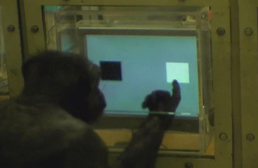
SOUNDS & SENSES - Researchers replay some of the first audio recordings ever made. Chimpanzees, like humans, associate certain sounds with certain colors. Can your posture affect how you perceive numbers? Pigeons that learn to count. And spiders with brainy legs.
Like humans, chimpanzees associate high-pitched sounds with bright colors and low-pitched sounds with dark colors.
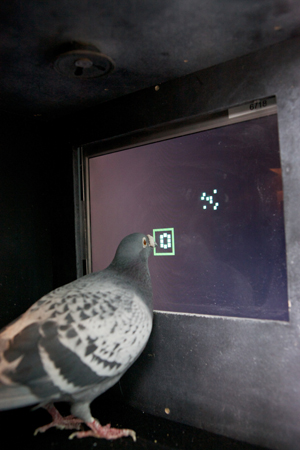
Some of the most potent antibiotics and insecticides come from animals. Researchers have identified some promising new candidates, derived from ants and frogs.
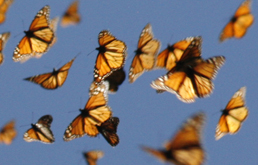
BEHAVIOR, ECOLOGY & ENVIRONMENT - why dirty laundry could be damaging the environment, how to make wine growing compatible with wildlife, what the Monarch butterfly genome can tell us about their epic migrations, and how wasps see faces.
A drug that cuts of the blood supply to fat cells resulted in significant weight loss in obese monkeys.
Paper wasps, which can recognize each other, seem to process faces in ways similar to humans.
New uses for DNA fingerprinting include tracking deadly tse-tse flies and identifying species from ancient soil samples.
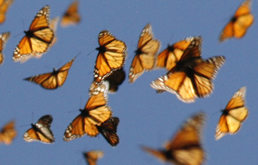
Scientists have sequenced the Monarch butterfly’s genome, to better understand its epic migrations.

THE BRAIN, MOOD & BEHAVIOR - Could dreaming help heal emotional wounds? The relationship between the placebo effect and chronic pain. New research into the genetics of empathy. Also: a computer program to help prevent depression in girls, and exploring sex differences in mood disorders.
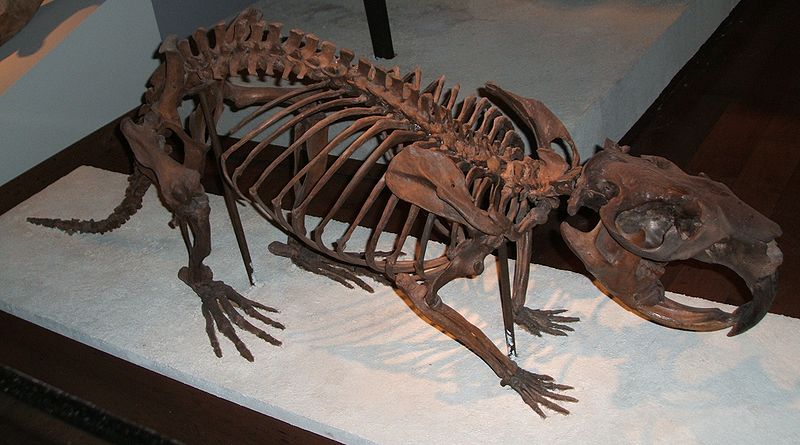
The giant beaver went extinct about 10,000 years ago, but it left behind clues to the sounds it may have used to communicate with.
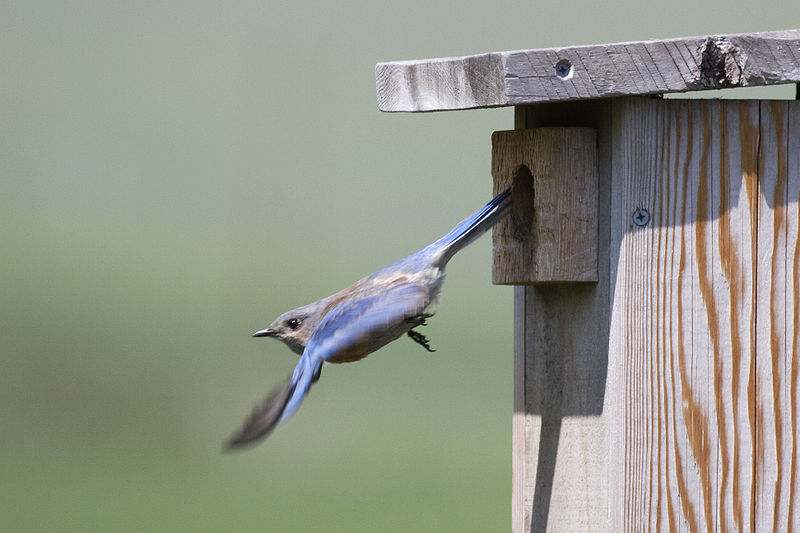
Wildlife often suffer from our insatiable need for agricultural land. But researchers in California are finding that birds and vineyards can actually benefit each other.
